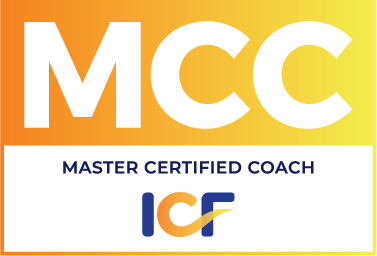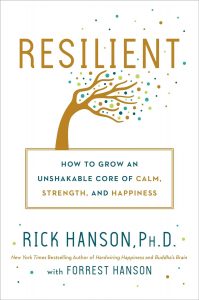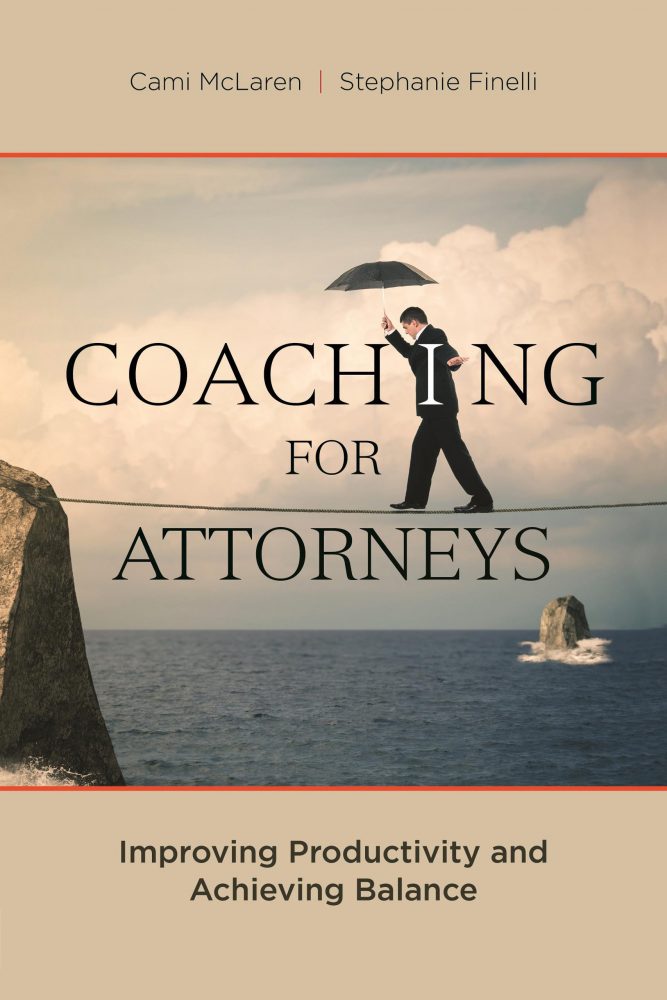(Note: Scroll to the end of the blog to learn about our communication training offer ending Monday.)
We (some of my clients and I) have been writing blogs on habits, their nature, their formation, etc. for a few months now. Today will be the last blog on habits. At least for awhile. Today I will summarize what we have learned.
In a nutshell:
1. Everything we do all day is part of an old habit or a new habit. From the thoughts we think to where we sit in a meeting – all of it. Become aware. And then ask yourself, “is this habit working for me?” I.e., does it support me in getting what I want, in my life? career? relationships? (http://www.mclarencoaching.com/power-habit-part/)
2. Another option to finding habits that may not be serving you is to look at your results – what you have, including results like being late, making X amount of money, the car you have, the relationships you have – and if you do not like the results, to ask, “what habitual behavior (and for extra credit, what ways of thinking) are driving this result?” (http://www.mclarencoaching.com/habit-quote-warren-buffett/)
3. Changing a habit sometimes requires awareness of when you are doing the old habit, so that you can then implement the new habit. Useful in implementing a repetitive new habit is accountability. Tell someone. Have them support you. And it is very helpful to have a sense of humor about it. (http://www.mclarencoaching.com/changing-paradigm-aging-changing-old-habits-habit-part-3/)
4. In order to let go of an old habit, create a new habit. This is much more effective than focusing on and fighting with the old habit. A new habit that will help you is one that does not allow you to perform the old habit. One of my clients took up evening yoga so that she would not engage in her old habit – TV and wine. It wasn’t the TV so much she wanted to stop. It was the wine. But the wine was “anchored” to the TV. If she kept watching TV at night, she realized, there was a far greater likelihood that she would also drink wine. If she did something else, the idea of wine often did not occur to her.
Further tips: (a) find out what you get from the old habit and find a new one that gives you something similar; (b) connect the new habit to an old, entrenched habit; (c) get an accountability partner.
(http://www.mclarencoaching.com/break-habit-habit-part-4/)
5. Similar to eliminating an old behavior that is connected to the habit you want to change, is limiting the location where you perform the habit. Habits get connected to other habits, but also to places. Ali was using her phone in bed. To reduce the phone usage habit, she made a rule – no phones in bed – and she moved her phone. Another client (above) drank wine while watching TV. Watching TV may have been a “place” as well as an activity that was connected to the wine in her mind/behavior. She will have to experiment and find out. Elise (in another blog post) had a habit of smoking in the car. (http://www.mclarencoaching.com/the-cell-phone-habit-part-5/)
6. Remember that if you decide something is going to be different in your life and that you want a new result, the chances are very good there is at least one (and probably more) habit that you will need to change. If the result is not changing, check out the habits that seem to be supporting it. I gave the example of pain in my back, and my continuing exploration of all the habits that might be causing that. Lisa gave the example of changing the way she talks to herself and she found a habit – listening to her sister talk in a similarly unkind way to her – that was supporting her own “mean voice.” Excavate the results. And find the habits. (http://www.mclarencoaching.com/habits-that-hinder-progress-habit-part-6/)
7. Habits of behavior contribute to your view of yourself. They create an internal “identity.” It is harder to change habits when they are in alignment with your “identity.” If I identify myself as a procrastinator, I am more likely to continue putting things off. It will be harder to interrupt the “putting things off” habit if I see myself as “that kind of person.” A way to change is to say, “I put this one thing off.” Or “I did it again.” And then to also say, “Hey, look, I didn’t put it off this other time!” You will miss the successes if you don’t look for them. I have found in coaching the “chronically late” that one of the most powerful questions is asking them to look for the times they have been on time recently. They are always surprised to find that sometimes they are on time. They don’t see this often because they identify as “late” people. Once they see they are not always late, they can stop identifying as “that kind of person” and they have a greater chance of being on time. (http://www.mclarencoaching.com/how-you-see-yourself-habit-part-7/)
8. Helpful in changing habits is to know your purpose for making the change. I.e., WHY do I want the new habit. The more compelling the purpose, the more likely you are to keep doing the new habit. When do we see people commit to healthy eating habits? Often when their doctor tells them they are in imminent danger. Then the purpose – staying alive – becomes very powerful for them. So connect yourself to your purpose. Purpose provides motivation. I am 53 years old. I recently read that eating processed foods can contribute to Alzheimer’s. Having watched my father move through the stages of dementia, this spoke to me. I don’t know why, but it was a purpose powerful enough to have me put down my potato chips. And that habit has stuck. What’s my why? Maintaining cognitive health. It probably helps that I have witnessed the other side of this first hand.
And there you have it, the summary of our series on habits.
Now, go change some things.
_________________________
ANNOUNCEMENT
Our next training will be coming June 19, Tuesday. Info on content is below. For just a few more days, you get the special price of $100 for this ½ day training. The discount ends Monday. After that, the regular price will be $149. Scroll down for the link to register.
Enrollment is the Art of Collaborative Communication.
Enrollment is a specific communication skill that is effective everywhere. Using this skill will vastly improve all your results – in business and elsewhere throughout your life.
When you master this skill of communication, you will be able to enroll:
• potential clients and customers in hiring you, buying your product or service
• people in referring business to you
• your staff into doing their jobs and doing them well
• supervisors in supporting you in doing your job
• team-members in working together
• clients in paying you on time
• your children in cooperating with you
In this workshop, you will learn the R.E.A.L.I.T.Y.™ model of enrollment – a specific communication tool that will afford you the results above and more.
Participants will learn how to:
• quickly and easily create rapport and trust with others
• ask the right questions to generate a high degree of ownership and follow through
• listen so others feel heard
• speak in a way that others are inspired to take committed action
• create win-win agreements
• help people overcome perceived obstacles in order to create tangible outcomes
June 19 (Tuesday)
1:30pm — 4:30pm
$149/person
$140/person for 2 or more from same company
If you register by March 19, your cost is $100!
https://www.eventbrite.com/e/enrollment-the-art-of-collaborative-communication-tickets-43781560827
Testimonial
“Cami has taught me that effective communication and enrollment is NOT about getting someone else to see things your way. Effective communication, and the concept of enrollment, is about truly listening and understanding the other person or the other side. With this understanding, you can communicate more effectively and advance your objective with someone else in a way that causes them to be really committed, because they really believe it for themselves. It is a way to find common ground and value that often leads to a better result than just convincing someone to do it your way. Cami is an incredible teacher of these subtle nuances in communication and learning just a small fraction of these skills has made a world of difference in both my personal and professional life.”







